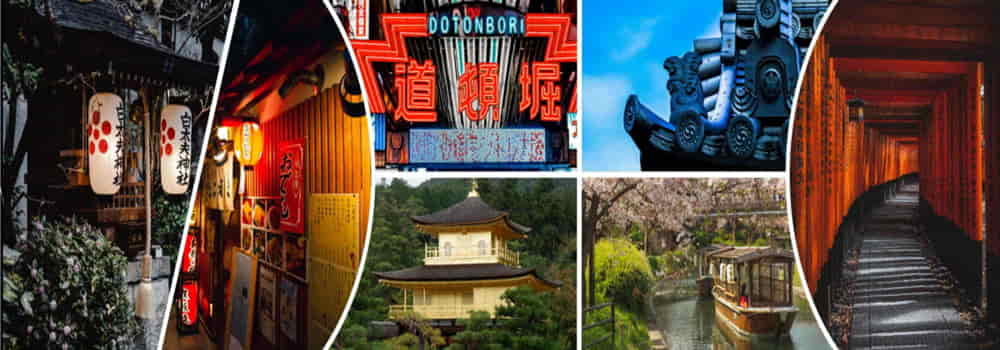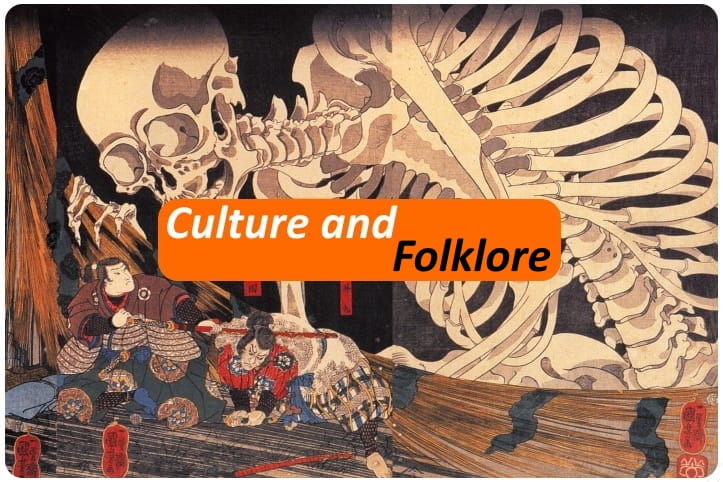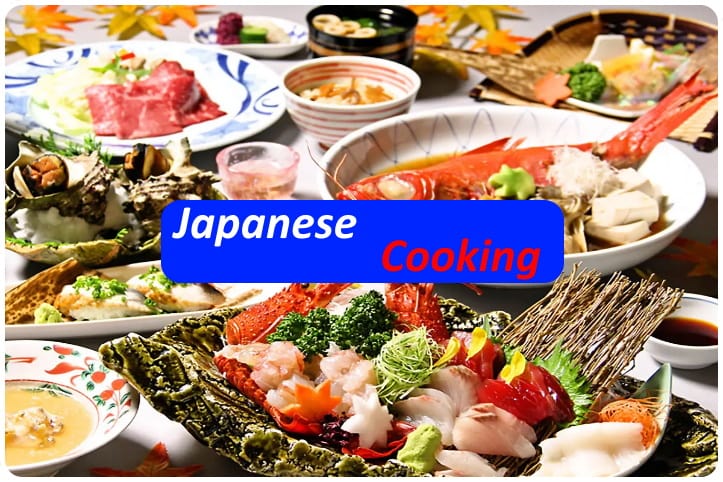Omiyage お土産 The Gift or Present in Japanese culture

Omiyage お 土産 is not just the simple souvenir that you take home or to friends after a trip, it is an essential part of Japan culture, because contains different meanings depending on who does it and who we do it with. Let's see how it works and its differences.
We tend to think that omiyage is the classic gift that is given to a friend or family member after having been somewhere. But the gesture, in Japanese culture, contains a more complex meaning, a social interaction that follows precise rules and forms.
In most cases it is done to friends or relatives, but it is also used as a present or thanks to colleagues, bosses, without forgetting the use that is made as a courtesy gesture when you are invited into someone's home and you give it as a thanks for the invitation. In this case for example usually bring snacks, cookies or something to eat so you can share them with everyone.
For those who have been in Japan, they know that every mall, shopping arcade, in almost every supermarket, can find products that are often used as omiyage. You can also find them at airports, and stations because they are the classic places for those who arrive or leave, and therefore the best place to take it, especially if you have forgotten to do before.
You will have seen entire shops, shelves full of these multicolored boxes, beautiful to look at with different types of products inside, mostly snacks or small sweets, single portions, with sizes and quantities that vary according to who should receive this .

One of the "rules" for omyyage is the choice of a product that is not too expensive. This because it would create embarrassment for those who receive it, who would feel "obliged" to repay for a present or gift at this level. So don't overdo it when you buy it, think always about who should receive it, never put it in "embarrassment".
The etiquette wants that when the gift is given, it is done with 2 hands and usually it is accompanied with the phrase: . This is not a diminishing of one's gesture or the gift itself, but serves to give a sense of humility to the gesture.

The package is made in a workmanlike manner, it is amazing to see the orders that wrap up your purchase in action, you remain with your eyes open, here's an example of "wrapping"

then it is covered frontally by a sheet in which a standard phrase of thanks is printed plus its name, or alternatively you can print what you want, everything is done at the moment so you can immediately have your own take-out package.

The omiyage, as we have seen, is something more than the simple souvenir that you take home after the journey of pleasure or work. It is a social interaction at all levels, something that has precise rules and actions that change according to the social level to which they are applied and to the people who receive our present.
The next time you are in Japan, and you go to find a friend, or someone for work, or something else, do not forget your omiyage, he will be happy (especially if he comes from someone who does not foresee certain courtesies) and you will show to enhance his company and above all understand its culture.

 English (United Kingdom)
English (United Kingdom)  Italiano (it-IT)
Italiano (it-IT) 






![[Review] Princess Toyotomiプリンセス トヨトミ](https://www.fukainihon.org//cache/mod_jt_contentslider/fdfb524f85518b9476158c79c8ea022f_328.jpg)


